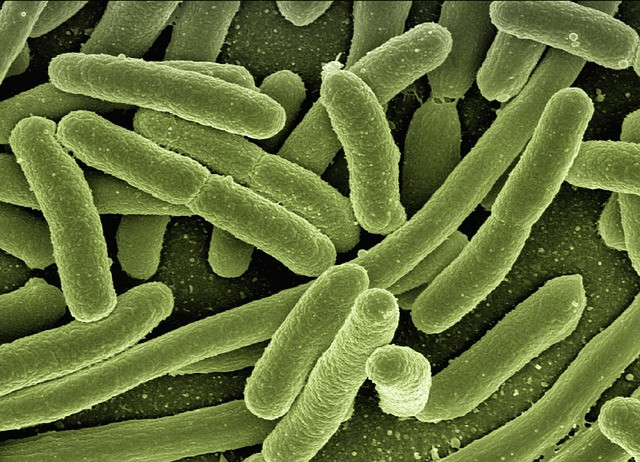The iSavta Team | 13.11.2019

An infection is the result of the body being invaded by germs (bacteria and viruses). This causes an adverse reaction - directly by damaging cells, or indirectly by releasing poisonous substances (toxins) into the body. The symptoms will depend on the type of infection, where it is located and whether it has spread thoughout the body.
How Infection Spreads
An infection is only dangerous if it is given a suitable environment in which to flourish.
Sources. People and animals are the sources of most infections, carrying many bacteria and viruses.
Routes. An infection can be passed on through direct and indirect roughts.
Victim. Anyone can become infected, but the most vulnerable are those who have not been vaccinated, and those who have low immunity, such as a frail person or someone in poor health.
Save More. Pay Less. Send Through Rewire Now!
Direct and Indirect Routes
A person can catch an infection directly by touching something that is contaminated; by sharing a needle with a contaminated person; through an exchange of body fluids such as blood or saliva; or through sexual activity with an infected person. An infection can be spread indirectly in a variety of way.
Airborne. Germs can be carried in the droplets of fluid expelled when coughing and sneezing.
Food. This can become contaminated if it is not stored, handled or cooked correctly.
Clothing or Equipment. These can harbour germs if they are not cleaned regularly and thoroughly.
Insects. A number of insects, especially house flies, can spread infection.
Symptoms of Infection
The symptoms of an infection depend on whether the infection is confined to one area or has spread throughout the body. For example, an infection caused by an abscess may be localised, whereas the infection caused by chickenpox, measles or a common cold will affect the whole body.
Symptoms of localised infection may be:
- pain and swelling
- loalised redness
- loss of movement
- areas that are hot to the touch
Symptoms of an infection throughout the body may be:
- headache and thirst
- high temperature and increased breathing and pulse rates
- hot, dry skin and rash
- loss of appetite
- weakness and apathy
Treating Infection
If you suspect that you or your patient has an infection, seek medical help as soon as possible. The doctor may prescribe a course of antibiotics for bacterial infections; these will only be effective if the course is completed. If the infection is viral, the doctor will usually only be able to treat the symptoms.


